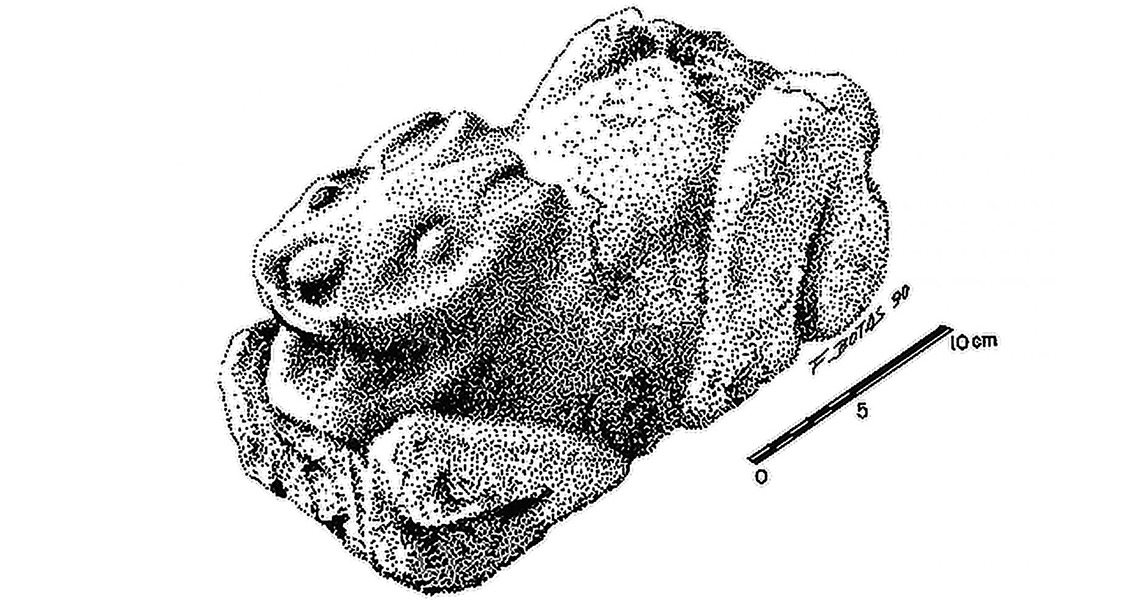<![CDATA[New evidence has emerged that humans inhabiting the ancient city of Teotihuacan in Mexico might have been breeding small mammals such as rabbits, hundreds of years before Hispanic colonization. According to a new press release from the University of California San Diego, a team of researchers from the university has published a new study pointing to evidence of pre-Hispanic city dwellers breeding hares and rabbits for fur, food, and as a source of bone tools. The study, carried out by UC-San Diego’s Andrew Somerville and his colleagues, used radioisotope analysis methods to compare the remains of small mammals found in the ruins of Teotihuacan to those of several different modern wild specimens, finding notable differences that indicate the animals from the ancient city had a distinctly different diet. By analyzing the stable oxygen and carbon isotopes within these remains, the research team discovered that the hares and rabbits from Teotihuacan had values that indicated higher levels of crops that would have been farmed by humans, in their diet. The most notable difference came from remains sourced from a complex within the ancient Mesoamerican city that housed a rabbit sculpture and contained traces of butchered animals, the study states. Relationships between humans and animals regarding the development of early human civilizations were often characterized by husbandry of herbivores such as cattle and horses. However, with fewer large mammals suited to the role being available in the region, it would have been natural for those living in Teotihuacan – which is located just outside the site of the modern Mexico City – to have gravitated towards smaller fare such as rabbits. The researchers claim that it could be possible that the ancient hares and rabbits which were analyzed for this study were able to gain at least partial access to human-farmed crops by straying into cultivated fields or even consuming wild plants. However, with the vast difference between the radioisotope findings, it seems more likely that individuals living within Teotihuacan were breeding, managing or provisioning hares and rabbits for their fur and meat, and then repurposing the remains to fashion bone tools. This would be some of the newest evidence discovered in Mesoamerica regarding small animal husbandry. Somerville remarked that with horses, cows, goats and other large mammals unavailable when it came to domestication efforts in pre-Hispanic Mesoamerica, prevailing wisdom has assumed that indigenous Central American populations were unable to establish the same types of highly intense human-animal relationships that characterized Europe and the Near East. However, the new research suggests that the residents of Teotihuacan turned instead towards more diverse, smaller animals such as hares and rabbits in order to accomplish these goals, and that these relationships could have been just as crucial to the development of their civilizations as larger animals were in the West. The new research study, published in the open-access journal PLOS ONE, can be found online here Image courtesy of F. Botas]]>
New Evidence for Small Mammal Husbandry in Ancient Mexico
